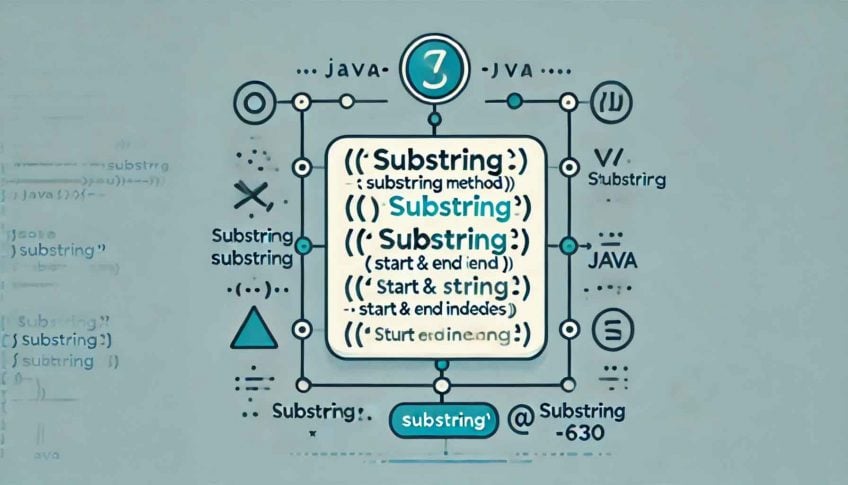How to Use the Java Substring Method
0 CommentsLast Updated on October 25, 2024 by jt
The substring() method in Java is a tool for manipulating strings. It allows you to extract a portion of a string by specifying a start index, and optionally, an end index.
Basic Usage of substring()
The Java substring() method has two variations:
substring(int startIndex): Extracts fromstartIndexto the end of the string.substring(int startIndex, int endIndex): Extracts characters fromstartIndextoendIndex - 1.
String post = "0123456789012" // Character position
String text = "Hello, World!";
String sub1 = text.substring(7); // "World!"
String sub2 = text.substring(0, 5); // "Hello"
System.out.println(sub1); // Output: World!
System.out.println(sub2); // Output: HelloIn this example:
substring(7)extracts"World!"starting from index 7 until the end.substring(0, 5)extracts"Hello"from index 0 up to (but not including) index 5.
Important Details
- IndexOutOfBoundsException: Ensure that
startIndexandendIndexare within the string’s length. - Zero-Based Indexing: Java indices start at 0.
- Immutable Strings:
substring()creates a new string without modifying the original.
Substring Use Cases
The Java substring() method is useful in:
- Parsing specific portions of structured text (e.g., extracting the domain from an email).
- Manipulating data in formats such as dates or file paths.
Example:
String filePath = "/home/user/document.txt";
String fileName = filePath.substring(filePath.lastIndexOf("/") + 1);
System.out.println(fileName); // Output: document.txt
In the above example, you can see we are using the lastIndexOf method to find the last slash character in the filePath string. The next and remaining characters are the portion of the filePath for the fileName.
Conclusion
The substring() method is a tool for string manipulation. You can use it to efficiently handle String processing tasks in Java. Be sure to manage indices carefully to avoid exceptions and ensure accurate results in your string manipulations.




























